6 Ways to improve your singles low serve
The low serve in singles is a great weapon if you use it wisely
If you are thinking about starting to serve, then this post is for you
If your singles low serve is already established I hope that you can find some tips to make it even better
Initially using a low serve in singles can be a tough experience
It certainly is different to doubles low serving, in fact, it’s a completely different skill. The singles low serve is a different stroke requiring a different mindset.
You may be tempted to copy the players you watch on YouTube and start to low serve before other components of your game are established. A decision is required to decide if it’s worth the risk of being flicked quickly behind you or being tested at the net.
The biggest surprise to many players is trying to master what they do after serving
Remember the serve alone will not win you the rally. There are other aspects that are possibly even more important.
Do you think it is possible to serve in such a way as to increase the chance that your opponent will make an error with their return stroke or you increase your chances of a quick win?
You should consider the fact that the way you prepare, the way you serve, and your immediate movement after serving, can and will influence your opponent
To think otherwise means that you will be less prepared, less effective
– – – – – – – – – – – – – – – – – –
1. When to start
2. Left before right (for right-handers)
3. Do you have a strong ritual
4. Think about increasing receiver tension
5. The Technical & Tactical & Psychological aspects
6. How to practice in training and competition
More reading: 6 ways to help develop a singles low serve
– – – – – – – – – – – – – – – –
1. When to start
I see no reason not to encourage all players to experience low serving in singles.
However, when is the right time to start in practice and when to start in a competition. The 2 scenarios are different. Please don’t just start in competition!
 I’d recommend that these things need to be in place
I’d recommend that these things need to be in place
- You really want to low serve, not just because someone told you it was the best way to serve
- Be confident at moving backwards quickly, especially into the high-ish deep corners
- Have practice partners who want to help by playing games and setting up mini rallies to try out your skills
- You need to believe that having a ritual is important: a set routine for your body and mind
- Someone to help with some ideas of where to stand, how to position your feet, what types of serves to deliver
- Believe that self-talk and a positive mindset are very important
- Understanding that once you start to try, it’s ok to fail a few times before you try out in a competition
– – – – – – – – – – – – – – – –
2. Left before right (for right-handers)
Have you thought about initially only low serving from the left hand court? (For right handed players)
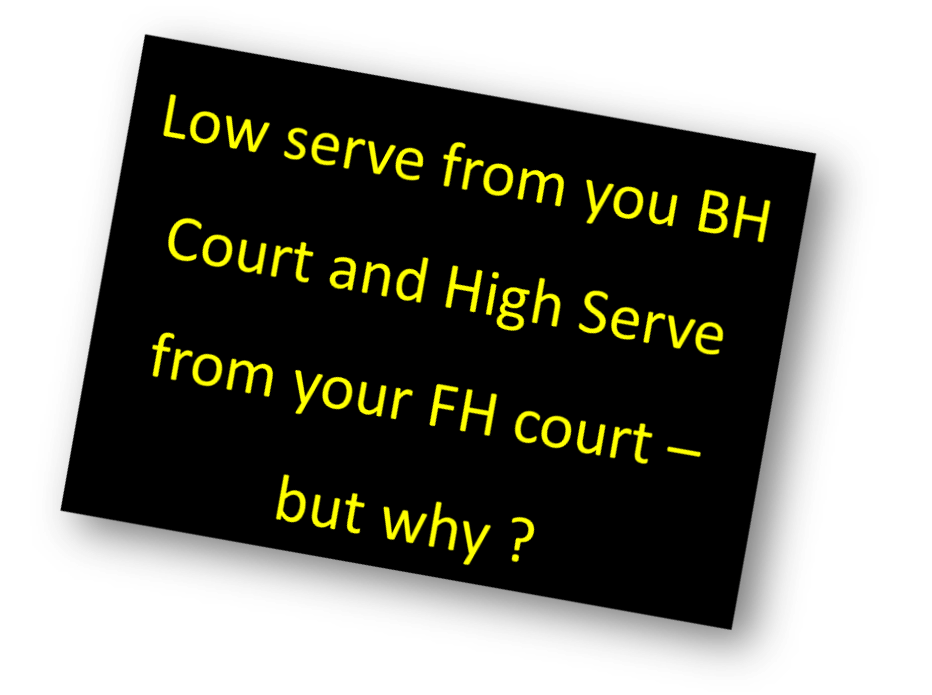 Continue to serve high from the right court until you feel confident to serve and move fast.
Continue to serve high from the right court until you feel confident to serve and move fast.
- Serving low from the left hand court only will protect your backhand.
- It will make it difficult for your opponent to straight flick and ‘find’ your backhand.
- This presumes that you are confident at moving Round The Head quickly. If you aren’t then maybe you shouldn’t be low serving just yet.
- I often advise players to high serve from the right court and low serve from the left. It’s not completely effective but will help you gain confidence.
- It’s also important how you low serve, more about this in No. 5 below 🙂
– – – – – – – – – – – – – – – –
3. Do you have a strong ritual
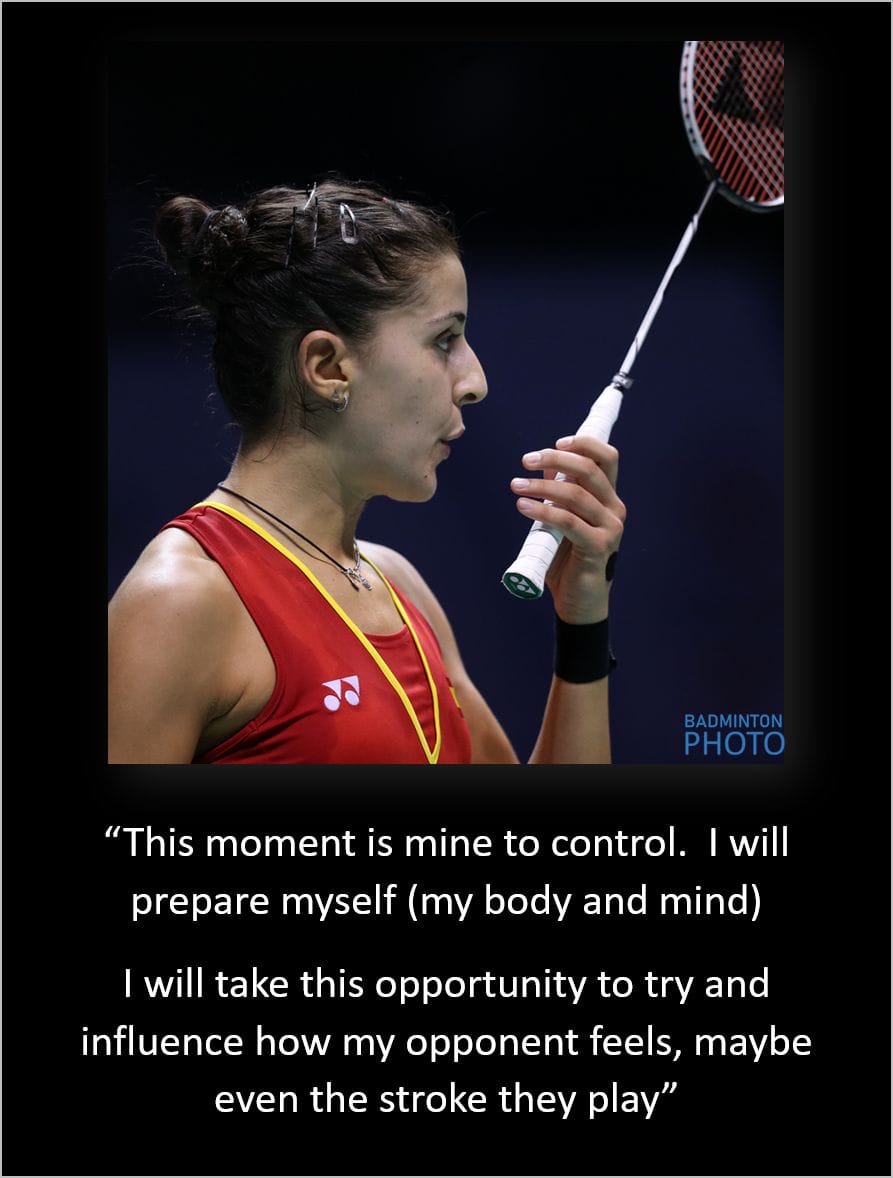 Why is a ritual important?
Why is a ritual important?
It was years after I started coaching that I realised how important a serving (and receiving) ritual was.
Once I became aware of its importance and power I then had to change how I coached serving from the beginning. My task was both to understand how to include it in my coaching and secondly how to explain (or not) the importance and benefit to players.
The aim of a robust ritual is to be able to ……
“Imagine preparing to serve whilst standing on your favourite court”.
Could you replicate this feeling whilst standing on a court anywhere in the world? That is the goal of using a serving ritual.
A good ritual should allow you to feel comfortable on court wherever you are. Knowing exactly what you are going to do in the next 10 seconds is a great advantage. During this time no one can interrupt or change what happens.
It all starts from the moment the last rally ends
Look out for a post called “How to create a great serving ritual”
I see no reason not to encourage all players to have a serve ritual
Age or experience is not a barrier
Yes, as you gain more experience and technical expertise the ritual may change. In fact, it’s probably a good idea to review your ritual every so often. You have time to do this and to watch others and the way they prepare for the singles low serve.
Coaches can assist by suggesting an order by which the player positions their feet, how the racket and shuttle are prepared, and how the player can use self-talk. All of these can be suggested. However, there is no one ‘perfect’ ritual that a Coach can give you
You are in charge of how to prepare yourself from the moment the last rally end
– – – – – – – – – – – – – – – –
4. Think about increasing receiver tension
 I never realised it was possible and how important it is to try and increase receiver tension
I never realised it was possible and how important it is to try and increase receiver tension
Receiver Tension is that feeling the receiver has before and as you low serve. These feelings start from even before you stand to prepare to serve and can continue after you serve up to the moment they hit the shuttle.
You can influence the receivers mental state, the tactical choice they make and hopefully by doing so, you will increase your own confidence and power.
Use your ritual
The way you prepare can have a big impact on the receiver, well I believe that you MUST believe this.
Go back and read No. 3 if you are in doubt about what a ritual means.
Know that the way you move to collect the shuttle, move to your starting position, look at the receiver, all can work towards showing your opponent your state of mind.
Have you ever tried to affect the tension the receiver feels
– – – – – – – – – – – – – – – –
5. The Technical & Tactical & Psychological aspects
Using these ideas will not directly win you points, but they can help you as you try to incorporate the low serve into your game
 Technical
Technical
- Stand with legs slightly wider than your shoulders
- Racket foot forwards if you are serving backhand, non-racket leg towards if you are serving forehand
- Shuttle held ‘carefully’ in your hand (maybe as part of your ritual)
- Push into the ground as you serve
Psychological
- Prepare to “Serve & Go!”
- Use your ritual – it’s very important
- Select your service type and visualise the return you want them to play, the one they need to move fast to
- Breathe!
 Tactical
Tactical
- Serve to their Blackhand Face racket face: at a younger age this technique may not be great, and players may have limited variations or low confidence when backhand flicking
- Flat and long: Singles low serves do not have to land close to the service line. Aim to serve flat to ‘skim’ the net. Not worrying about the distance will hopefully help with keeping it flatter.
- Striking it slightly harder should prevent the shuttle from ‘popping up’ making it easier for the opponent to kill
- BH court before FH court: go back and read point No. 2 🙂
- Look in control: confident or aggressive it’s up to you
– – – – – – – – – – – – – – – –
6. How to practice in training and competition
Be deliberate/aggressive in thought, preparation and action whenever you practice your singles low serve.
Always practice with an opponent or practice partner that will return the serve so that you can assess the result of how you intended to serve, plus practice your next movement.
It’s very important that in practice you motivate your receiver (your partner) so that they act as if they’re were playing a real game. Of course, you and they can run through a series of scenarios that you want to explore together.
See how many different ways you can serve, try out different preparation rituals, ask your partner (opponent) to try different returns. Then stop and talk about what just happened, I’d recommend that you play 5 or 6 then have a quick chat before going again.
The Preparation, Serve and next Movement are all intrinsically linked so practice them togther

Practice games
- 5 serves each then change
- 3rd shot winner gets a bonus .. either players 3rd shot
- Aces of returning serve score 3 pts
- Ideas for Coaches
Download these Conditioned Games for the singles low serve and try them out. The most powerful element of this development is your imagination and the questions you ask afterwards. The key to improvement is both through deliberate practice and experimentation.
– – – – – – – – – – – – – – – –
How to Practice in Competition
- Pick a competition in which you are happy and comfortable trying out new things (the low serve in this example)
- Maybe only low serve from your backhand court first (see No. 2 above)
- Maybe waiting until you are 1 game up and feeling comfortable, then start using your low serve
- Don’t be too harsh and judgemental on yourself if it goes wrong
What’s next for your singles low serve
.. Experiment with a purpose
.. Gain experience in practice and competition
.. Allow yourself to develop and don’t judge too harshly
It is possible to serve in such a way as to increase the chance that your opponent will make an error with their return stroke?
You must believe this!
You should consider the fact that the way you prepare, the way you serve, and your immediate movement after serving, can and will influence your opponent
To think otherwise means that you will be less prepared, less effective
– – – – – – – – – – – – – – – – – – – –
More reading: 6 ways to help develop a singles low serve
When is the best time to discover how to use a single’s low serve?
I was asked these questions by a young player and a coach, I struggled to know how to give an effective answer
“I want to start low serving in my singles matches but I’m not sure what to do, can you help me?”
“What are the factors that I need to consider when asking my players to start using a low serve in singles?”
Low serving in singles can be a great tactic if used well, but it can also cause you lots of difficulties if you are not prepared … read more
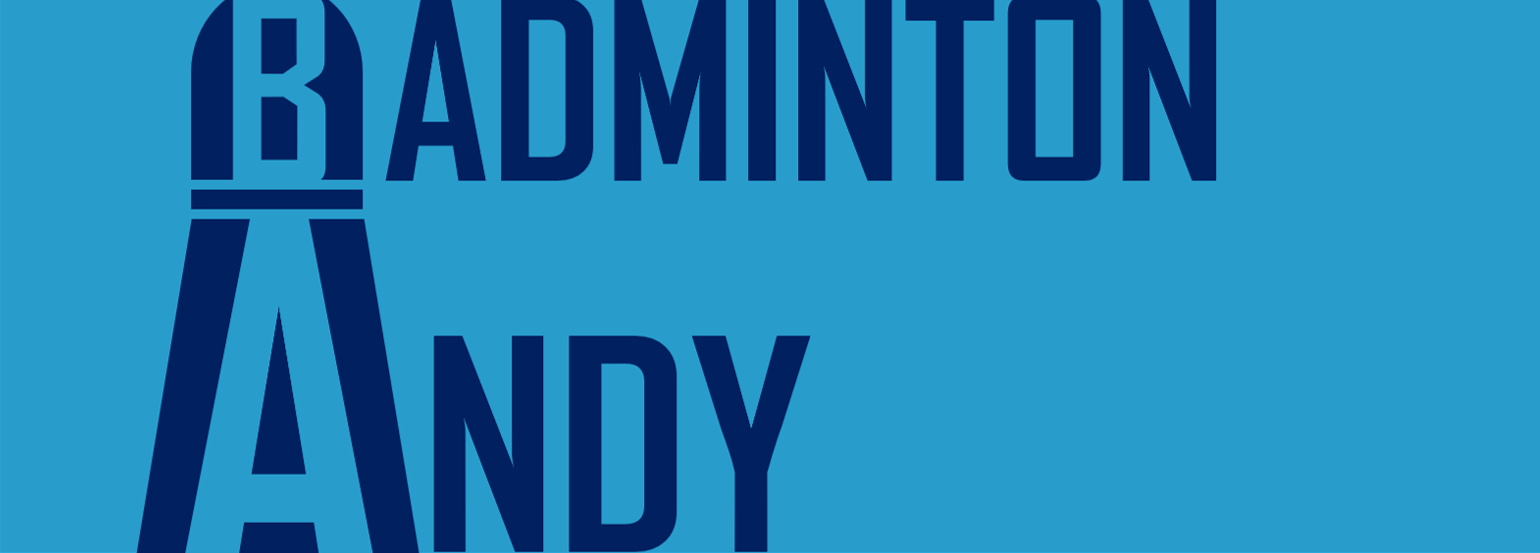


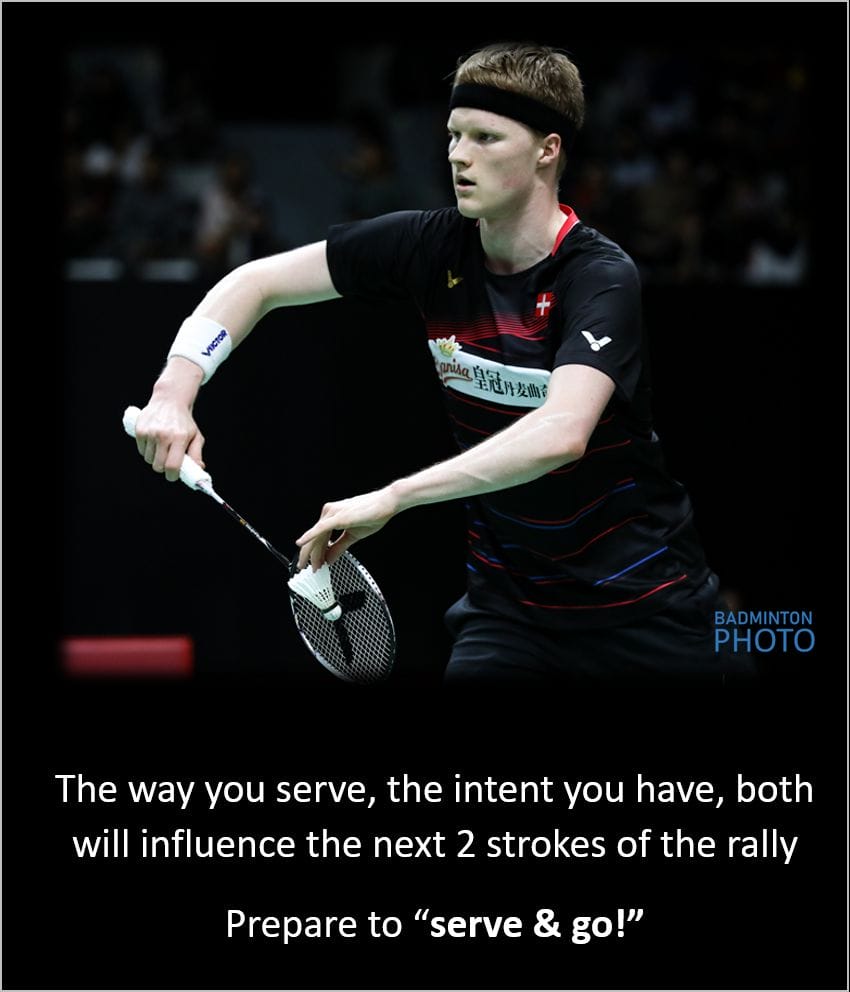 I’d recommend that these things need to be in place
I’d recommend that these things need to be in place Technical
Technical

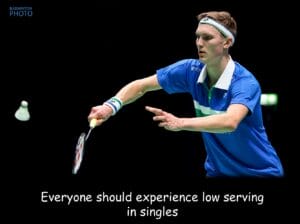
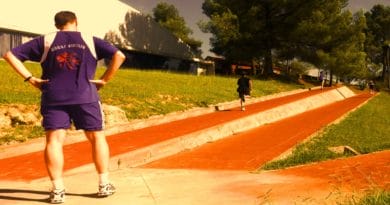
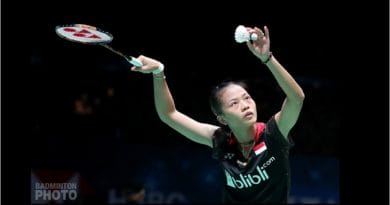
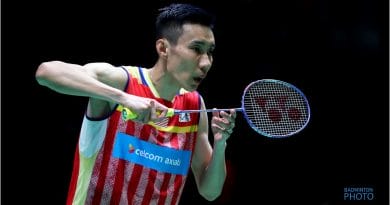
This is a very interesting article and is something I have been considering for a while as to when to introduce it into my sons game – he is currently 13 and would be quite strong, up until now he has been high serving (he has a good high serve that can drop vertically).
I really like the idea of starting off serving from the odd court short, one thing that I was hoping to see in your article (as I don’t know the answer) is what I refer to as the 80/20 and that is by serving short can allow you to “predict/force” the next shot (as opposed to high serve) i.e. the next shot that you opponent will play and to anticipate what it is? Im saying this but I don’t really know the answer, from the left-hand side id be inclined to
1. flat push a short return to the back forehand (50%)
2. hold net (20%)
3. try to find the backhand (30%)
Do you have any thoughts on this? What is the normal return from a short service from the left and right?
I’m referring to strong junior level (u15 standard)
Hi Dean
Thanks for the comment, thoughts and questions. It’s great that people are reading and replying, although nowhere near as many as I’d like.
If I understand you correctly you are suggesting or asking if it’s possible to predict by stats the type of reply the opponent may play.
I’ll reply on that premise and suggest the following
1. Try the LH before RH court as you suggest that you will help in the early stages of low serving
2. It’s impossible to predict 100% what the receiver may do but the server should believe that they can influence … this is an important mindset
3. Serve & Go: The server needs to be ready to move somewhere quickly! Where doesn’t matter to where. When they serve, just be ready to MOVE. The direction or anticipation of the direction will develop in time.
4. Habit: the receiver over the course of a game will have favourite replies so I suggest that the server uses that and maybe serves to get those favourite replies
5. Service depth & Speed :
a. flatter faster serves may get more lifts or nets that aren’t tight. Be aware of fast flicks, these can be interceptable if you are READY to MOVE!
b. shorter softer serves may produce net replies
6. serving to the BH face: in lower standards, this can reduce the variety of replies. Combine this with the points about
7. Decides what to anticipate before serving: if the server feels confident I would suggest that they serve and get ready with a racket foot forward stance but anticipate/load to move backwards quickly. This stance will give the impression of wanting to move forwards but the body may be 60-70% biased to the rearcourt.
8. Net attacks: don’t worry about serving then attacking with a net kill. A quick forward movement and flick over the opponents will be just as effective, as is a net return however this depends on where the receiver has moved to.
9. Practice: of course do lots of service and receive sessions. Play up to the 5 or 6 shot of the rally. Use the Conditioned Games pdf it will help.
I hope this answers your questions and helps
Practice with mini game-like scenarios, thoughts, motivations: the key is to start to love the thrill and anticipation of low serving. Then to move on to realising its a weapon that you want to use.